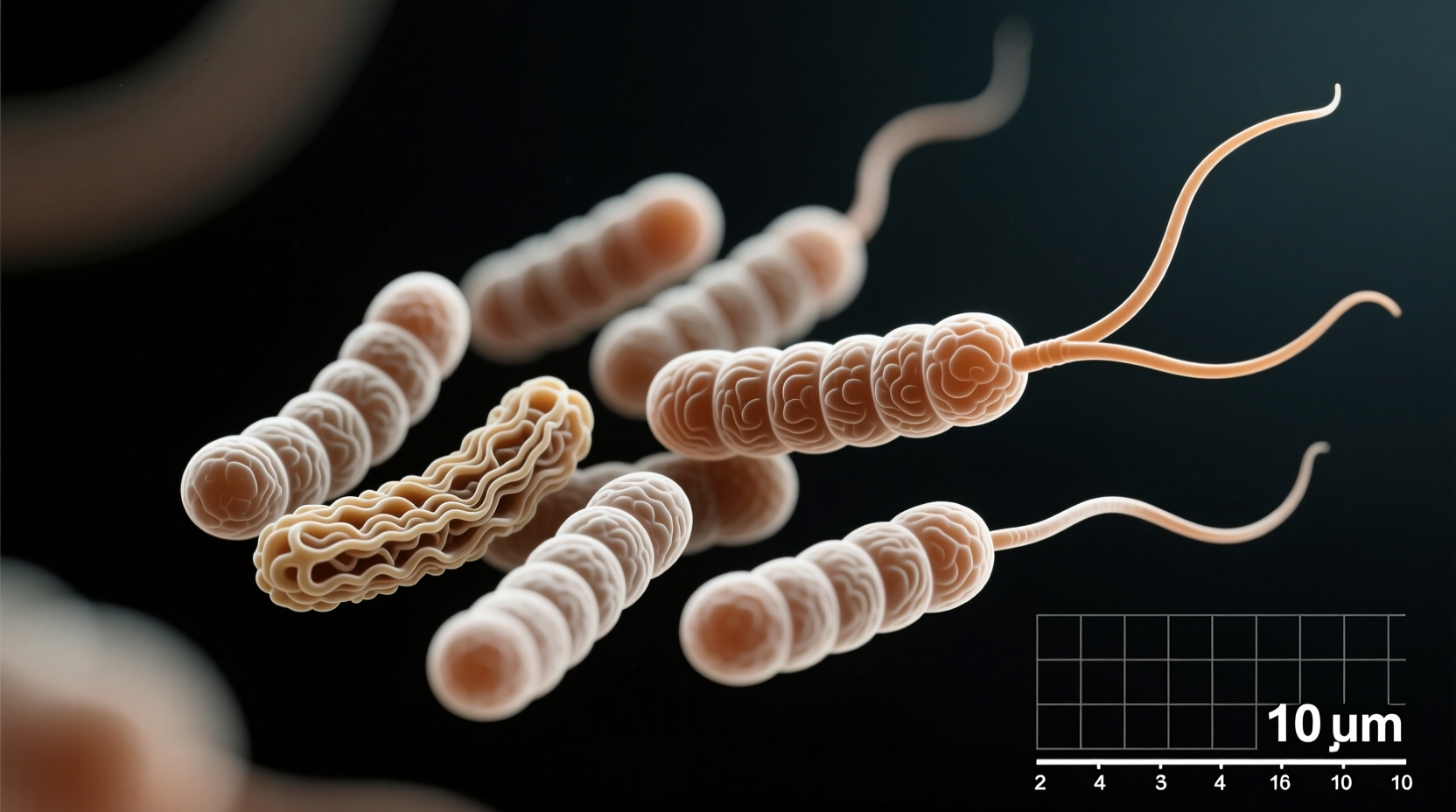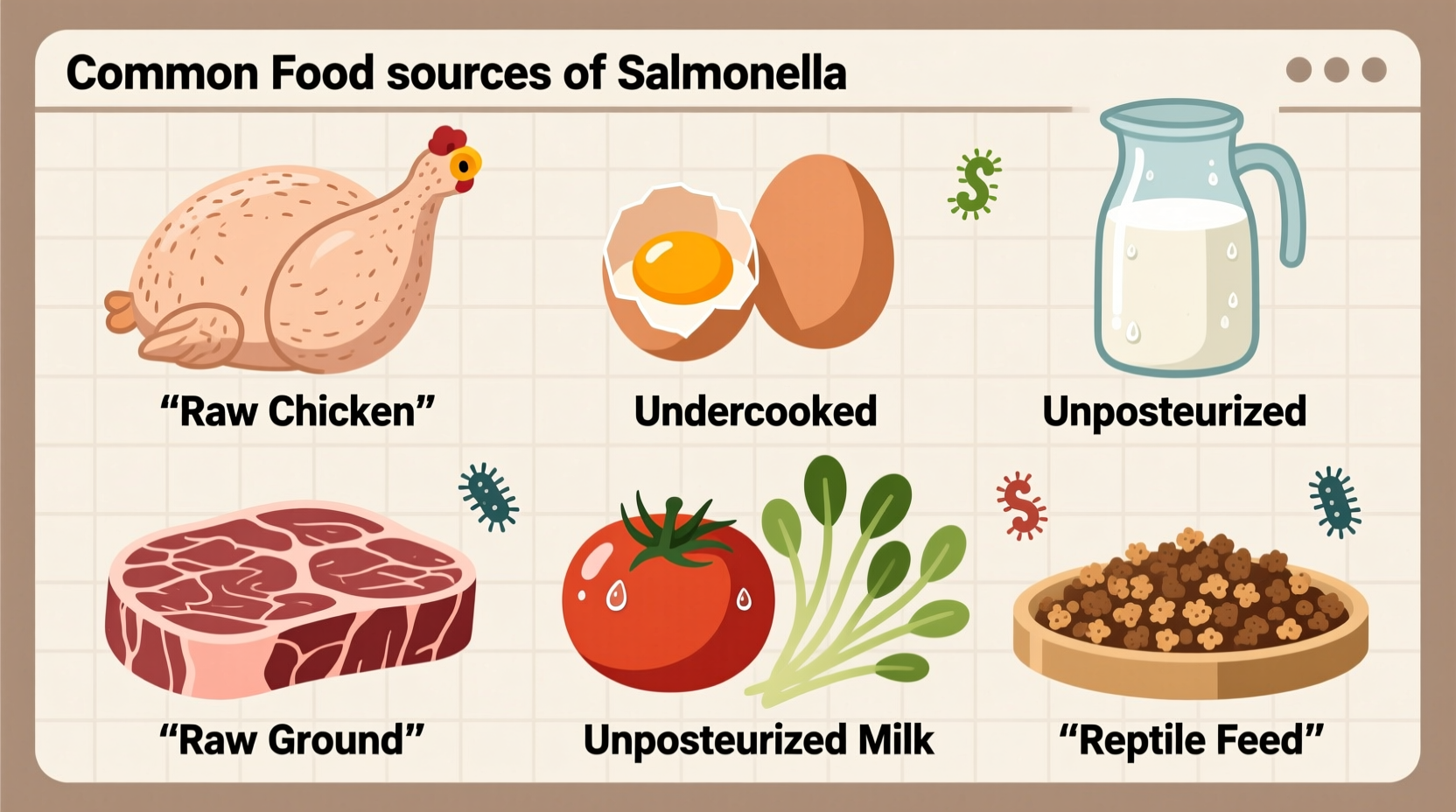Understanding where salmonella lurks in your kitchen is your first line of defense against foodborne illness. This comprehensive guide delivers evidence-based information about high-risk foods and practical prevention strategies you can implement immediately.
Salmonella Risk: What Every Home Cook Must Understand
Salmonella bacteria cause approximately 1.35 million infections, 26,500 hospitalizations, and 420 deaths annually in the United States according to the Centers for Disease Control and Prevention (CDC). Unlike many pathogens, salmonella doesn't alter food appearance, smell, or taste, making contamination difficult to detect without proper testing.
Recent outbreak data reveals that certain food categories consistently pose higher risks due to production methods, handling practices, and bacterial survival characteristics. Understanding these patterns helps you make informed decisions in your kitchen.
Top 5 High-Risk Food Categories for Salmonella Contamination
| Food Category | Contamination Rate | Primary Sources | Recent Outbreak Examples |
|---|---|---|---|
| Eggs and egg products | 1 in 20,000 eggs | Infected hens, shell contamination | 2022 multistate outbreak affecting 50+ people |
| Poultry (chicken, turkey) | ~25% of raw products | Farm environment, processing facilities | 2023 chicken salad outbreak across 12 states |
| Raw meat (beef, pork) | 5-10% of samples | Slaughterhouse contamination | 2021 ground beef outbreak causing 109 illnesses |
| Unpasteurized dairy | 15-20x higher risk | Infected animals, improper handling | 2022 raw milk outbreak affecting children |
| Fresh produce | Increasing trend | Irrigation water, soil, handling | 2023 melon outbreak with 100+ cases |
This comparative data from the FDA's Center for Food Safety and Applied Nutrition shows how contamination rates vary significantly across food categories. Poultry consistently ranks as the most common source, accounting for approximately 40% of salmonella-related foodborne illnesses.
Surprising Secondary Food Sources Often Overlooked
While the primary risk categories dominate outbreak statistics, several less obvious food sources frequently contribute to salmonella transmission:
- Spices and seasonings: Imported spices show contamination rates as high as 12% according to FDA testing. The 2013 salmonella outbreak linked to tahini and sesame seeds affected 400+ people across 20 states.
- Processed foods: Ready-to-eat products like deli meats and pre-cut fruits can become contaminated during processing. The 2018 outbreak linked to deli counters caused 30 hospitalizations.
- Pet food and treats: Dry pet food recalls due to salmonella have increased 300% since 2010, creating indirect human exposure risks.
- Nuts and nut butters: Low-moisture environments don't eliminate salmonella risk. The 2022 outbreak linked to cashew pieces affected multiple countries.

How Contamination Occurs: From Farm to Table
Understanding the contamination pathway helps identify prevention opportunities. Salmonella enters the food chain through several mechanisms:
Farm-level transmission: Animals can carry salmonella without showing symptoms, contaminating eggs internally before shell formation or meat during processing. The USDA's Food Safety and Inspection Service reports that 24% of chicken parts test positive for salmonella despite regulatory standards.
Processing vulnerabilities: Cross-contamination during processing remains a significant challenge. The FDA's Produce Safety Rule highlights that improper water quality during washing accounts for 35% of produce-related outbreaks.
Kitchen mishandling: Home preparation errors contribute to 85% of salmonella cases according to Journal of Food Protection research. Common mistakes include:
- Using the same cutting board for raw meat and produce
- Insufficient cooking temperatures
- Inadequate hand washing after handling raw foods
- Storing cooked foods below raw products in refrigerators
Actionable Prevention Strategies for Your Kitchen
Implement these evidence-based practices to significantly reduce your salmonella risk:
Temperature Control Protocol
Cooking food to proper internal temperatures destroys salmonella. Use a calibrated food thermometer:
- Poultry: 165°F (73.9°C)
- Ground meats: 160°F (71.1°C)
- Steaks and fish: 145°F (62.8°C)
- Egg dishes: 160°F (71.1°C)
The USDA's Food Safety Education site emphasizes that visual cues like juice color are unreliable indicators of safety.
Preventing Cross-Contamination
Adopt these professional kitchen practices at home:
- Use separate cutting boards for raw meats and produce (color-coded works best)
- Wash hands thoroughly for 20 seconds after handling raw foods
- Clean countertops with EPA-registered disinfectants after preparing raw meats
- Store raw meats in sealed containers on the bottom refrigerator shelf
Special Handling for High-Risk Foods
Modify your approach for the most problematic food categories:
- Eggs: Avoid recipes calling for raw or undercooked eggs. Use pasteurized eggs for homemade mayonnaise or Caesar dressing.
- Poultry: Never wash raw chicken before cooking—it spreads bacteria through splashing water.
- Produce: Wash fruits and vegetables under running water, even if you plan to peel them.
- Dairy: Choose pasteurized products, especially for children, elderly, or immunocompromised individuals.
When Special Precautions Become Critical
Certain situations require heightened vigilance due to increased vulnerability:
- For infants and young children: Avoid all raw or undercooked eggs, unpasteurized dairy, and raw sprouts. The CDC reports children under 5 have the highest salmonella infection rates.
- During pregnancy: Extra precautions with deli meats and soft cheeses prevent not only salmonella but also listeria risks.
- For immunocompromised individuals: Consider using a bleach solution (1 tablespoon per gallon of water) for produce washing.
Remember that salmonella risk isn't static—it changes with seasonal patterns, food production methods, and even geographic location. Summer months see 30% more outbreaks due to temperature factors affecting bacterial growth.
Recognizing and Responding to Potential Contamination
While you can't detect salmonella through sight or smell, watch for these warning signs:
- Unusual condensation inside packaging
- Slippery film on produce surfaces
- Off-odors in dairy products
- Expired "use by" dates
If you suspect contamination:
- Discard the food immediately—don't taste to check
- Clean all surfaces that contacted the food
- Report suspected outbreaks to the FDA's Safety Reporting Portal
Salmonella symptoms typically appear 6 hours to 6 days after exposure and include diarrhea, fever, and abdominal cramps. Most people recover without treatment in 4-7 days, but severe cases require medical attention.
Staying Informed About Current Outbreaks
Food safety is dynamic—new outbreaks emerge regularly. Stay updated through these reliable resources:
- CDC's Foodborne Outbreak Online Database (FOOD Tool)
- FDA's Food Safety Recalls and Alerts page
- USDA Food Safety and Inspection Service Public Health Alerts
Subscribing to email alerts from these agencies provides timely information about active outbreaks affecting your region.











 浙公网安备
33010002000092号
浙公网安备
33010002000092号 浙B2-20120091-4
浙B2-20120091-4